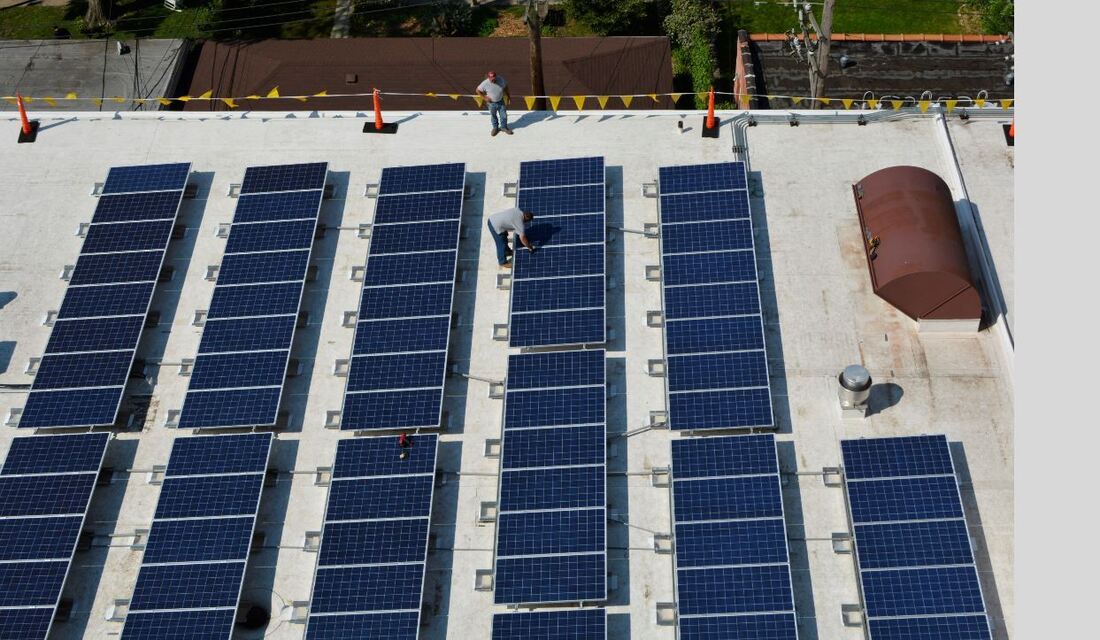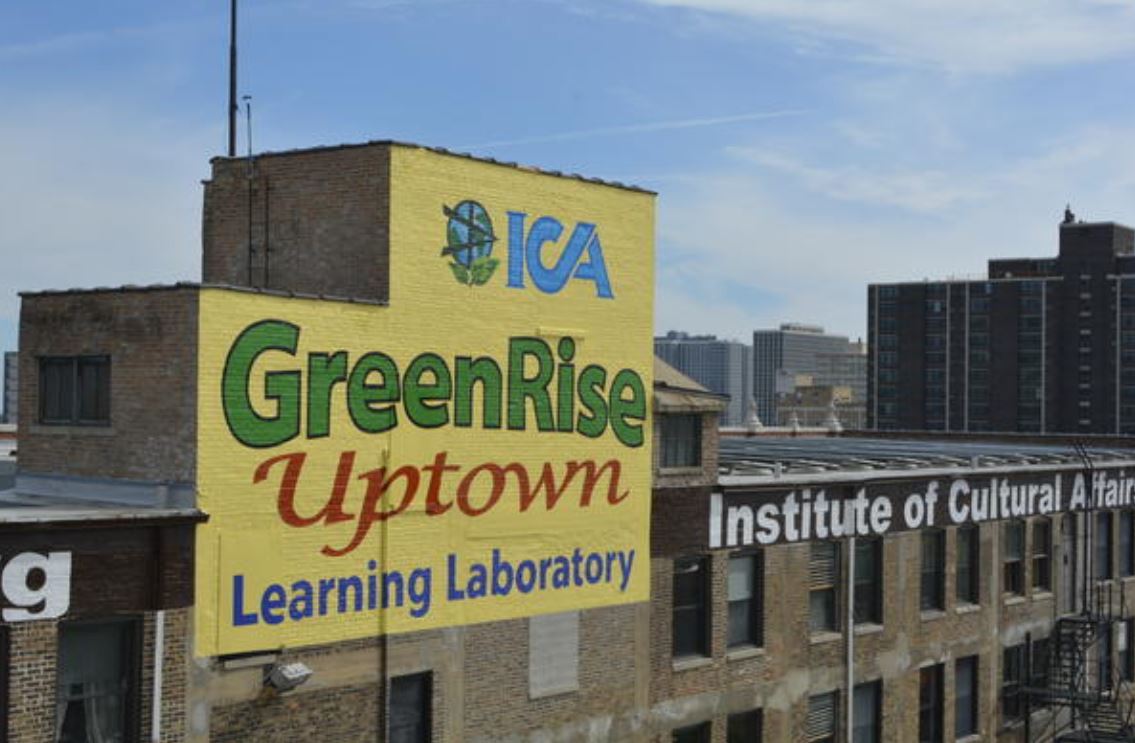The Chicago-based Institute of Cultural Affairs (ICA) in the USA is dedicated to building a just and equitable society in harmony with planet Earth through empowering cultural dimensions of the social process. ICA’s home is in a terra-cotta-clad building that was originally built in 1921 with additions in 1926 and 1966. Known today as the ICA GreenRise, the building was given landmark status in 2013. It is a mixed-use facility and home to a diverse range of tenants. Along with ICA, it has office space, a bank, medical office, pharmacy, worship space, retail and even is home to a number of families. What everyone in the building has in common is a desire to make the world a better place. “ICA has always tried to address the social issues of our time, and we consider the environment and climate change to be a major issue,” says Lesley Showers, ICA GreenRise’s property manager. “We do a lot of neighborhood work to try to bring awareness and connect people. The largest asset we have is this building. We asked how we can use it to demonstrate our mission and share what we’re learning so others can be just as energy efficient.” The building became ENERGY STAR certified for the first time in 2014 and was able to reduce its energy usage by 23 percent in just three years. The real process of retrofitting the building for energy savings began in 2013 with an initiative of buildings in Chicago committed to lowering their energy use by 20 percent in five years. This fit with ICA’s mission and they became the first nonprofit to join. A total lighting overhaul was followed by an elevator upgrade and a new roof on the third addition to the building. By grabbing low-hanging fruit, the building became ENERGY STAR certified for the first time in 2014 and was able to reduce its energy usage by 23 percent in just three years. This was the beginning of the drive to net zero, but the process was further pushed by necessity. “Around 2014 or 2015, a lot of our systems started to fail,” Showers recalls. “Our boilers started to fail. We have a 300- ton absorption chiller that was having problems. We started asking whether we should take a step back and look at what we want to accomplish with this building.” In 2014, ICA installed a solar array that now produces approximately 25 percent of the building’s power. “That’s when we really started looking at doing the whole building holistically and how we could cut our energy consumption,” Showers says. “We started talking about getting the building off the grid and decided we were going to try to get this building as close to net zero as possible.”
Comments are closed.
|
|
4750 N Sheridan Rd, Chicago, IL 60640
773 769 6363 x 335 |
Copyright 2022. The Institute of Cultural Affairs. All rights reserved.


